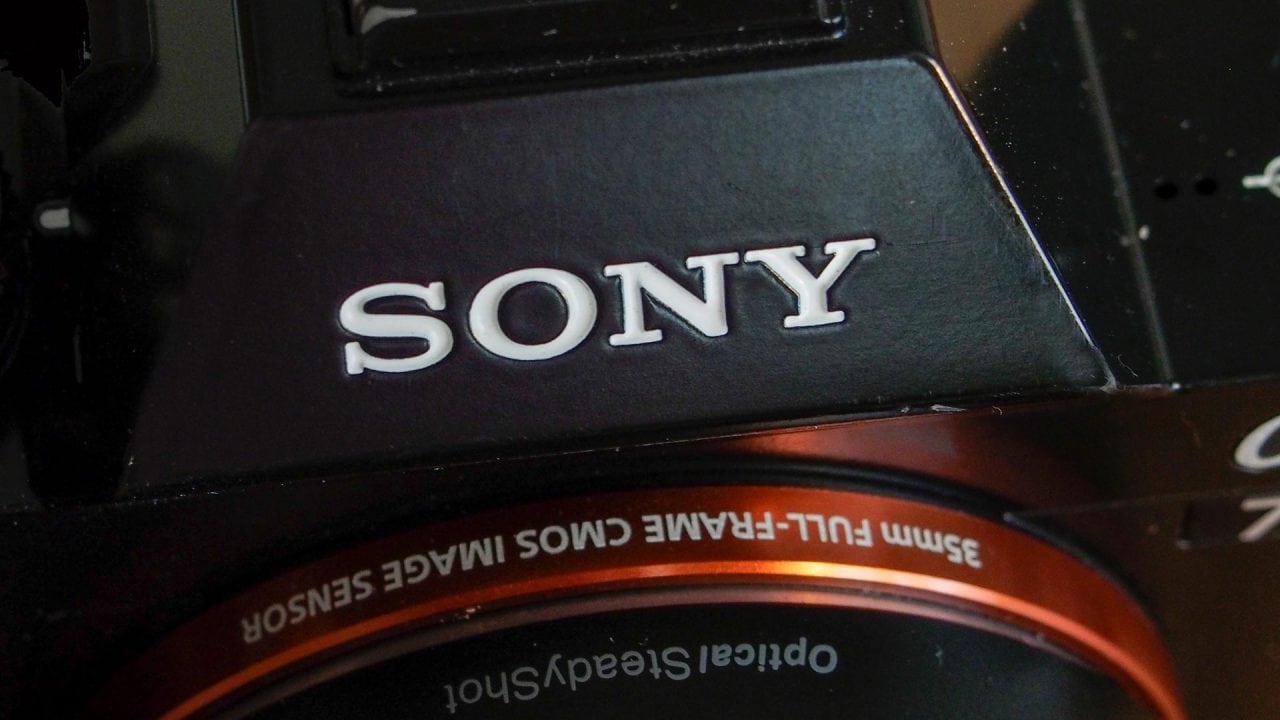[ad_1]
Sony has long stood as a titan of technology. From televisions and game consoles to cameras and audio devices, Sony’s innovations have consistently shaped industry trends. But for all its groundbreaking inventions, there is a side of Sony that has often attracted frustration and confusion — its penchant for backing proprietary formats, many of which, despite their technical superiority, have failed to gain widespread adoption.
The Chronicles of ‘Unique’ Formats
Let’s journey back to 1975, when Sony released Betamax, a home video cassette tape that was technically superior to its rival, VHS. Despite its advantages, Betamax lost the ‘Videotape Format War.’ Then came MiniDisc in the 1990s, a marvel of engineering that arrived as CDs dominated the audio landscape. Sony’s Memory Stick, launched in 1998, struggled to compete with CompactFlash and SD cards. More recently, Sony’s initial backing of XQD cards without a CFExpress Type B upgrade has irked many professionals, and now they are pushing CFExpress Type-A, a format that remains divisive.
Why Does Sony Walk This Path?
So why does Sony, time and again, place its bets on what seem like the ‘wrong’ formats?
- The Pioneer’s Vision
First and foremost, Sony is an innovator. It aims not just to improve existing technology but to redefine it. Each proprietary format was born out of a vision for what the future might look like. Betamax was designed for quality, and MiniDisc for portability and re-recordability long before that was the norm. - Control and Profits
Proprietary formats mean control. By owning the format, Sony avoids licensing fees and has the ability to set its standards, enabling higher profit margins. It also means that consumers buying into Sony’s ecosystem are, to some extent, locked in, which is an attractive proposition from a business perspective. - Risk Tolerance
Sony has a remarkable tolerance for risk. In the competitive tech landscape, the company consistently shows that it’s willing to gamble on its vision of the future, even if that means potentially isolating some of its customer base.
The Price of Pioneering
But this pioneering approach comes with significant drawbacks. Proprietary formats often mean that consumers have to invest in new, often more expensive, accessories and media. For photographers and videographers, this could mean new memory cards (like CFExpress Type-A) that their existing card readers won’t support, creating an inconvenience that professionals, with their tight workflows, might be unwilling to tolerate.
What Can We Expect in the Future?
As we look to the future, it’s a safe bet that Sony will continue to innovate — that’s in its DNA. But if history is any indicator, these innovations might come in the form of yet another proprietary format. Sony seems willing to accept that not every format will be a universal hit. The company is playing the long game, waiting for one of its formats to become the next industry standard, much like what Blu-ray became for HD video.
However, in an increasingly interconnected world, where consumers value compatibility and seamless integration, Sony’s approach may need to evolve. The future might involve Sony working more collaboratively with other industry players, engaging in partnerships that align its pioneering spirit with the practical needs of a global consumer base that is wary of being locked into one company’s vision of the future.
Sony’s history of backing proprietary formats is a tale as old as the company itself — a blend of vision, control, and a dash of audacity. It’s the double-edged sword of being a pioneer; while you may create something revolutionary, you risk walking a path that few are willing to follow.
One thing is certain: Sony will continue to push boundaries. Whether those boundaries align with what the broader market is willing to embrace, however, remains to be seen. But as technology continues its relentless drive forward, flexibility and collaboration may be the keys that unlock a future where Sony’s innovations are not just admired but widely adopted.
[ad_2]
